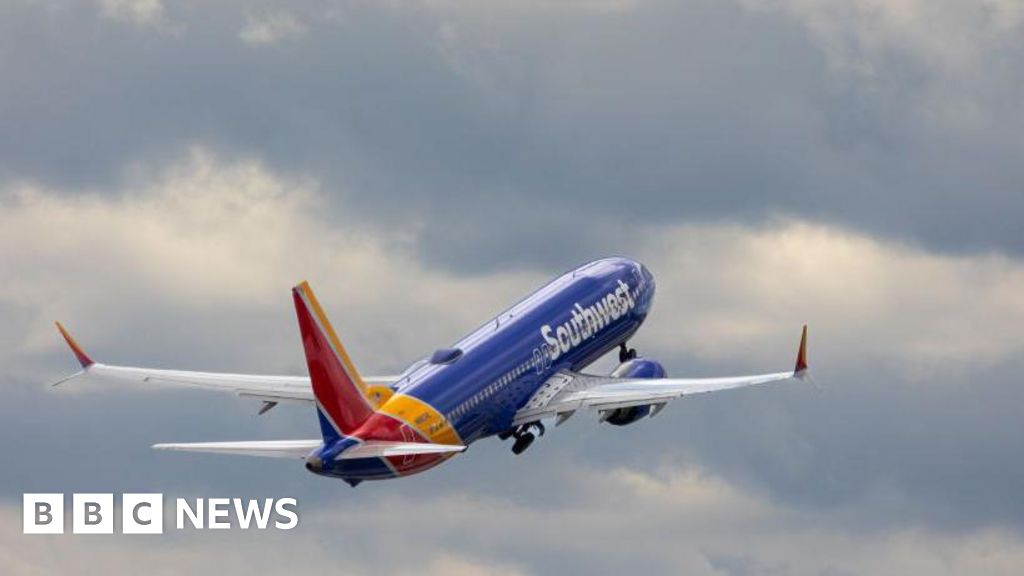- Messages
- 2,851
- Reactions
- 6,180
Bonding wasn't a big issue back when passenger airplanes were made of metal. Just fastening the metal pieces together provided pathways for electrical current to pass. Even then, there was an effort to provide electrical connection throughout the aircraft with bonding jumpers, in case paint or other coatings impaired the flow of electricity.
More recently, the use of carbon fiber and fiberglass has limited the pathway for electrical currents in aircraft, so bonding has become a major issue. For instance, lightning strikes are common enough to be a serious threat.
Grounding during fueling is a big deal. Back when gasoline was the fuel, a static electrical spark could ignite vapors, resulting in explosion and fire. With jet fuel being basically kerosene, that danger is much less. It still is necessary, and outside of the airline industry, there have been some incidents due to lack of grounding.
More recently, the use of carbon fiber and fiberglass has limited the pathway for electrical currents in aircraft, so bonding has become a major issue. For instance, lightning strikes are common enough to be a serious threat.
Grounding during fueling is a big deal. Back when gasoline was the fuel, a static electrical spark could ignite vapors, resulting in explosion and fire. With jet fuel being basically kerosene, that danger is much less. It still is necessary, and outside of the airline industry, there have been some incidents due to lack of grounding.














